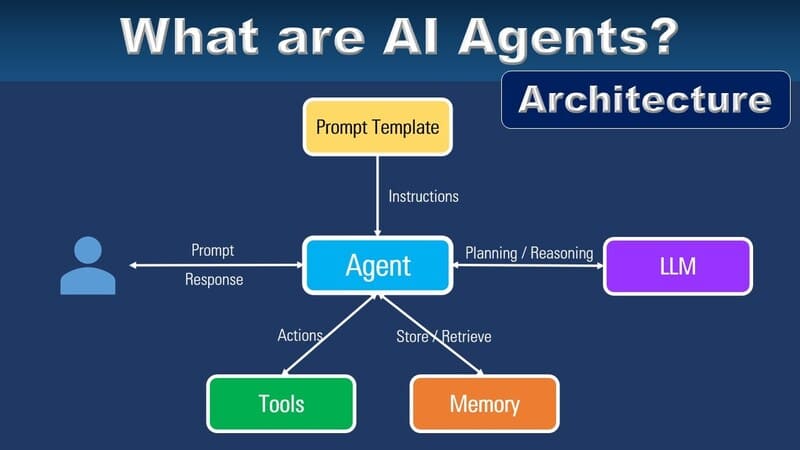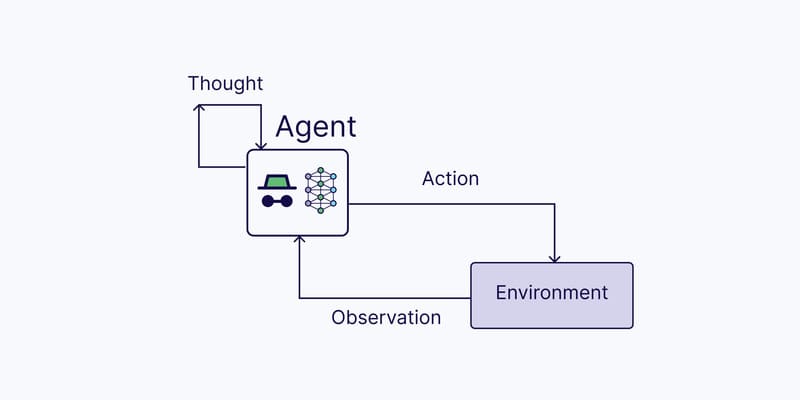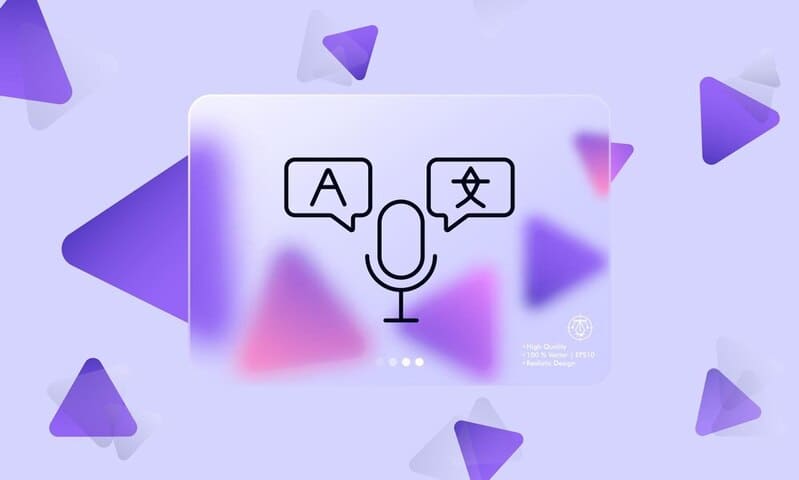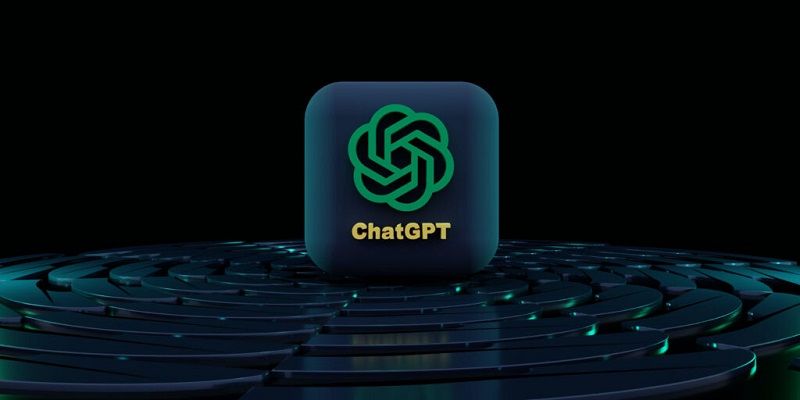In the recent years, FPT.AI chatbot has gained quite the popularity, becoming a reliable solution for many large businesses. Due to AI integration, FPT.AI chatbot can meet various demands from different businesses. Many companies and organizations are now building their chatbots with FPT.AI, in order to support and simplify customer service. So, how to start chatbot building with FPT.AI?
Before making a chatbot virtual assistant of AI basis, it is important to note that you need a clear understanding of your purpose and the chatbot’s role in your business. Nowadays, chatbots are often used in product and service consultancy, answering FAQs, confirming orders and invoices, as well as internal messaging…
Prepare your data
To start with, you need to full prepare a database for chatbot integration with product and service information, online data, figures, statistics… Focus on useful data that serves the chatbot’s purpose. Upon building, these data will be transformed and used to train bots so they memorize and understand the information.
Before starting a chatbot project, many businesses have no or little data to provide. Therefore, a smart solution is to use a set of frequently asked questions (FAQs) – a huge database of great practicality. During the first stage, you can provide your chatbot with contents in the FAQ set, then test it with users so it can deal with occurred problems during conversations. Then, you will slowly gather valuable data from such interactions with users.

Set up an intent storage
After gathering needed relevant data, you need to categorize them into clear intents. Set out some basis standards for the categorization. This will help you manage the classified intents in a more intelligent and logical way. Below are some notes when creating a sample sentence on one particular intent:
- Limit the length of sentences
Length of sentences are extremely important for customer care chatbots. If your sentences include too much information, lengthy, unclear, with too many subjects, objects, and questions, misunderstandings may occur. Therefore, it is important to make sure your sentences are of proper length with clear intent so that NLP can catch their meanings, and from that perform classification of customer intents.
If your customer send in a lengthy sentence that is too hard for your bot to understand, send them an answer similar to: “Sorry, but we cannot understand your question, please write your inquiries in simple sentences with clear intentions so that we can assist you most efficiently!”
As a precaution, you can also limit the number of characters that users can send. In the most ideal scenario, the user’s intent should be in a brief sentence around 100 characters.

Example: Sendo’s chatbot introduces itself as a virtual assistant, and ask customers to send in simple and brief sentences. The chatbot also provides examples on what simple sentences are, with intent-filled phrases that the chatbot will understand accurately.
- Rational and logical
In chatbot development, the number of intents assisted will sky-rocket, totaling around 100 to 1000 intents. For the highest accuracy in NLP, you will need to systemized these intents in a rational and logical way.
In analyzing a sentence with intents, you will need to analyze the sentence’s structure, objects, subjects, verbs, and adjectives in great details. Then, you can create sample sentences of good logic and sense.
Other notes
- Let your chatbot converse with real customers since the beginning
While chatbots in their early stages can make customer unsatisfied, it is still a much needed step. Allowing your chatbot to converse with real customers is the best way for it to receive and update on information.
Bot builders will use the data provided by customers to retrain the bots, in order to make them understand better the questions, contexts, and give more suitable answers in later conversations.
- Let your chatbot have its own personality, but do not try to make them human
Make it clear to your customers that they are conversing with a chatbot. If you do not do this, the customers may get confused and annoyed when the conversation diverge from their intentions.
However, it is important to make a clear personality for your chatbot, as it is to replace your consultant staff in answering customers’ inquiries.
For the above to be done, you can assign the chatbot with a name, gender, and avatar. This will be an effective way to spread your business’s image to various customers.

One prime example is the chatbot Ms. Six Finance of SHB Finance. This is a smart virtual assistant with a pretty appearance, graceful in formal attire, resembling an energetic, passionate, and professional employee, projecting an image of reliability in financial consulting with customers.
- Use buttons and answer tabs with diverse answer types.
Chatbots can identify the users’ intents with their natural language processing (NLP) technology. Therefore, the main form of conversation with these bots is in sentences. However, to make the conversation more interesting and attractive, you should utilize different answer forms like images, vides, carousel tabs… along with buttons and answer tabs. All these will make conversing with chatbot much livelier.
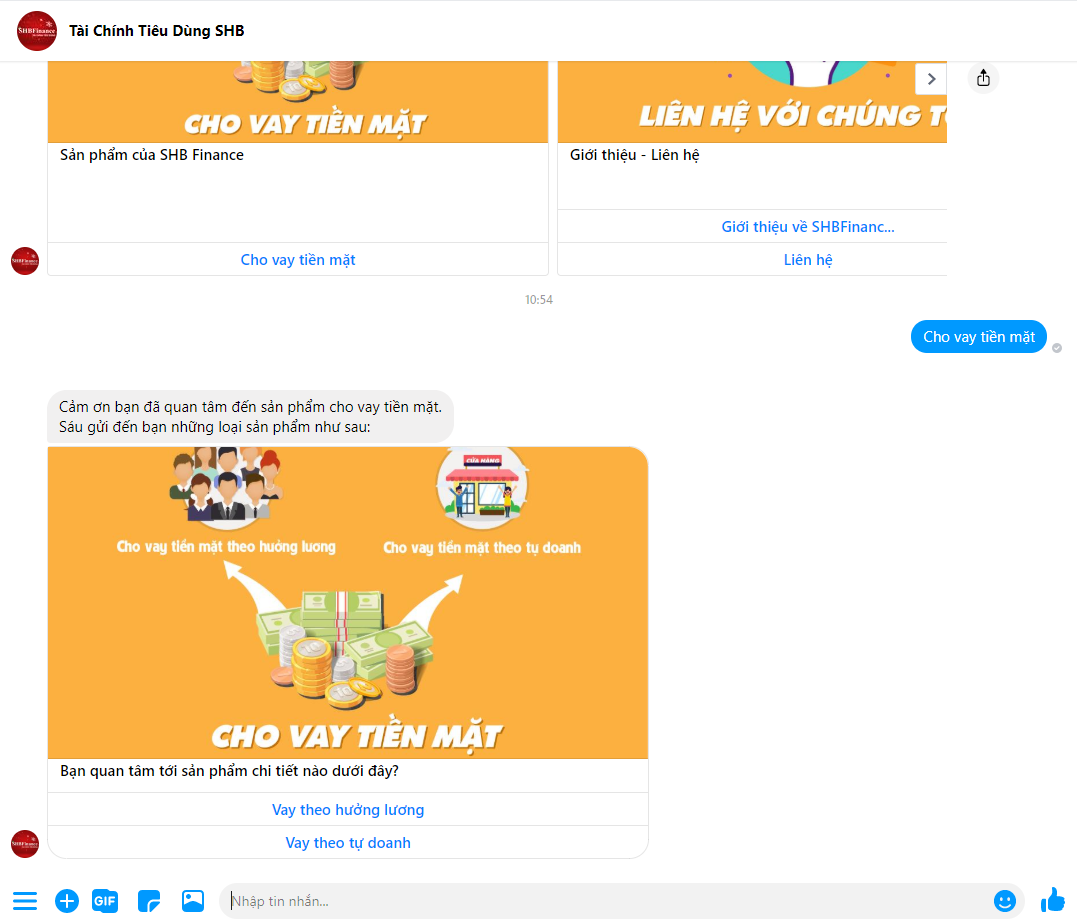
SHB Finance use image and carousel tabs to present contents provided by its virtual assistant, thus leads their customer to choose the correct intent, and make the conversations more interesting.
In completing a chatbot, businesses must have run into a lot of different challenges. These can avoided with clear and detailed planning, as well as following the listed tips as precaution.
FPT.AI Conversation is at the moment the best and most completed chatbot building platform in Vietnam. Using a natural language processing (NLP) technology that specializes in Vietnamese, FPT.AI Chatbot can garner accurate intents and contexts and help automatize conversations between customers and businesses, bringing about customer satisfactions.








